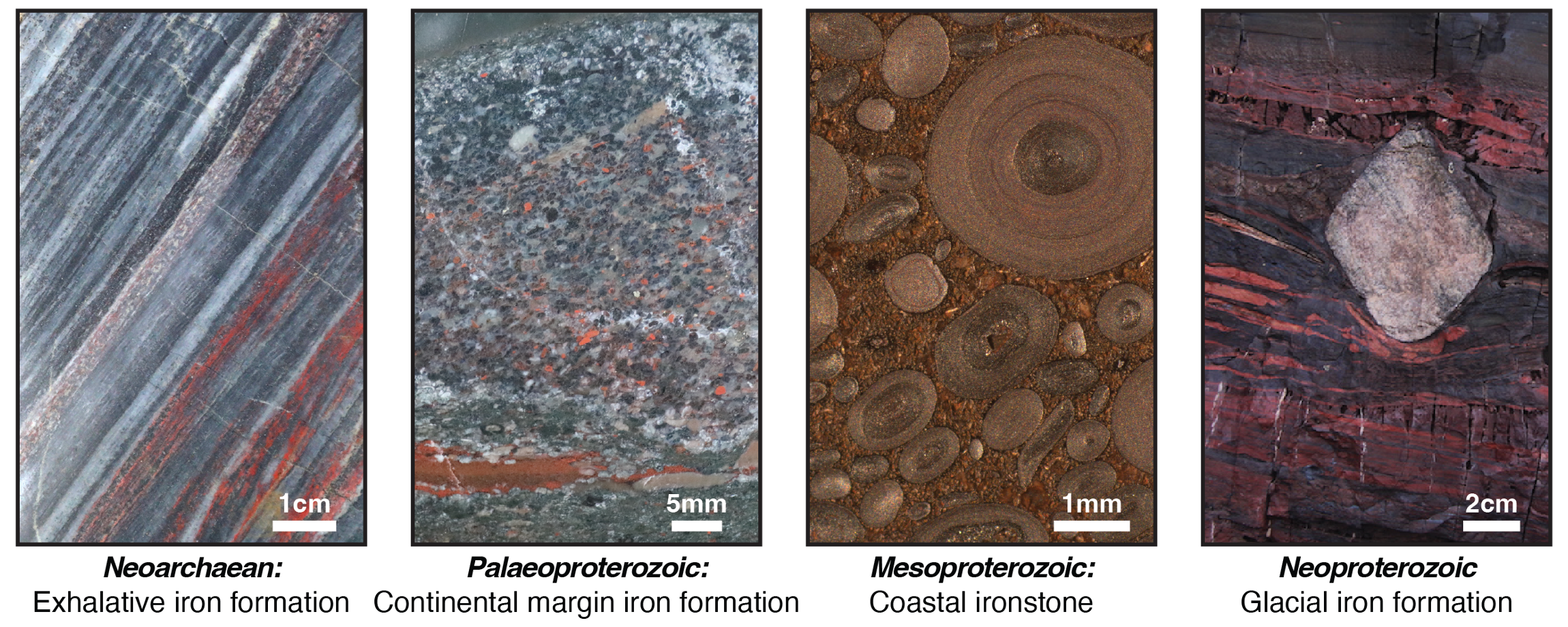We are excited to invite you to the 10th seminar of the 2025 Geology and Geophysics Seminar Series, featuring Maxwell Lechte, a Research Fellow who works on Precambrian geobiology and sedimentary geology at the School of Geography Earth and Atmospheric Sciences, University of Melbourne. Max will be presenting on “Using the sedimentary iron record to track environmental change in the Proterozoic“. This interesting talk highlights critical geobiological insights and their implications for Earth’s early environments and life, bridging geochemistry, sedimentology, and early Earth evolution.
Date: June 4, 2025
Time: 11:00 a.m. – 12:00 p.m. AEST
Location: Room 335 (Conference Room), Madsen Building (F09), School of Geosciences
or Online (Join via zoom)
We look forward to seeing you there in person or joining us online!
https://uni-sydney.zoom.us/j/84796471781?from=addon
Using the sedimentary iron record to track environmental change in the Proterozoic
Abstract
The oxygenation of the atmosphere at the beginning of the Proterozoic Eon transformed Earth’s surface environments, paving the way for the emergence of a biosphere dominated by aerobic eukaryotes. However, significant uncertainties remain regarding the nature and timing of this redox transition, which limits our understanding of the relationships between the evolution of global biogeochemical cycles and complex life. Because iron is redox sensitive and a major element in Earth’s crust, iron in marine sedimentary rocks have long been used to constrain ancient redox conditions. In particular, the deposition of iron formations is considered to have ceased over the Archaean–Proterozoic transition, which has been interpreted to reflect the progressive oxygenation of the global oceans. However, iron deposits can be found in the Proterozoic, complicating this story.
Here, we re-evaluate the significance of the Proterozoic record of sedimentary iron deposits for the redox evolution of the oceans. Traditionally, iron formations have been separated into two groups based upon whether they were deposited in a volcanic or continental shelf environment, with iron ooid-bearing “ironstones” coming to dominance in the Phanerozoic. Through a combination of geochemical and field-based observations to better understand the different types of iron deposits, and a review of the published literature, we refine the timing of these secular shifts in the nature of the iron cycle. We show how these can be used to test hypotheses regarding redox transitions, ocean chemistry, climate and continental weathering in the Proterozoic. Major transitions in the iron cycle appear to coincide with key biological innovations.
Graphical Abstract

![]()
